Dogs, like people, have their unique quirks and habits, and some breeds exhibit particularly unusual behaviors when it comes to eating. These behaviors can range from picky eating to strange food preferences or even peculiar rituals surrounding mealtime. Understanding these habits is important for owners to ensure their dogs are getting the right nutrition and to manage any potentially problematic behaviors. While most dogs are content with their kibble, these seven breeds stand out for their unusual eating habits, which are often a result of their breed history, instincts, or individual personalities.
7. Pekingese
The Pekingese, a breed with a regal history as a companion to Chinese royalty, is known for being incredibly picky when it comes to food. These small, flat-faced dogs often develop strong preferences for specific types of food and may refuse to eat anything else. Their delicate eating habits are partly due to their brachycephalic (flat-faced) structure, which can make chewing and swallowing more difficult. Pekingese owners often find themselves catering to their dog’s whims, trying out different types of food to find something that appeals to their picky eaters. Additionally, the Pekingese may take longer to eat, savoring each bite as if it were a gourmet meal, which is fitting given their royal heritage. This breed’s unusual eating habits require patience and creativity from their owners to ensure they receive a balanced diet.

6. Basenji
The Basenji, often referred to as the “barkless dog” from Central Africa, has several unique traits, including its eating habits. Basenjis are known to be very clean eaters, often displaying cat-like grooming behaviors before and after meals. They are also known for their selective eating, sometimes refusing food they deem unworthy, which can make mealtimes a challenge. Additionally, Basenjis are known to prefer food that is closer to their natural diet, such as meats and organ meats, which harks back to their origins as hunting dogs. Their discerning palate and meticulous eating habits can make it difficult for owners to find commercial dog foods that appeal to them. As a result, many Basenji owners opt to feed their dogs a raw or homemade diet to accommodate their preferences.
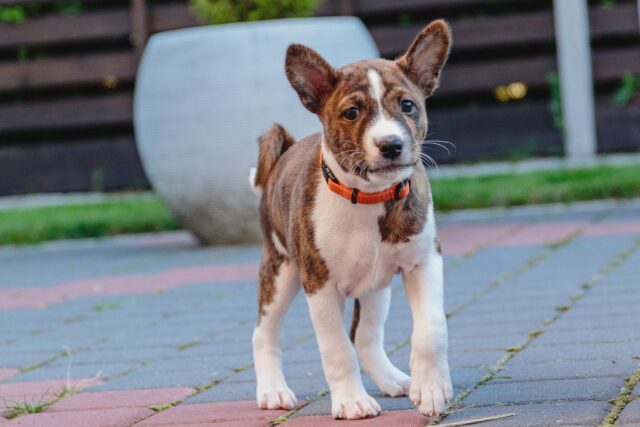
5. Scottish Terrier
The Scottish Terrier, or “Scottie,” is known for its independent and sometimes stubborn nature, which extends to its eating habits. Scotties can be notoriously finicky eaters, often turning their noses up at food they don’t find appealing. This breed also has a habit of hoarding food or treats, hiding them in various spots around the house as if saving them for later. This behavior is thought to stem from their history as hunters, where food might not always have been readily available. Additionally, Scotties are known to eat slowly and methodically, often inspecting their food before deciding whether it’s worth eating. Their unusual eating habits require owners to be patient and persistent in finding a diet that their Scottie enjoys and that meets their nutritional needs.
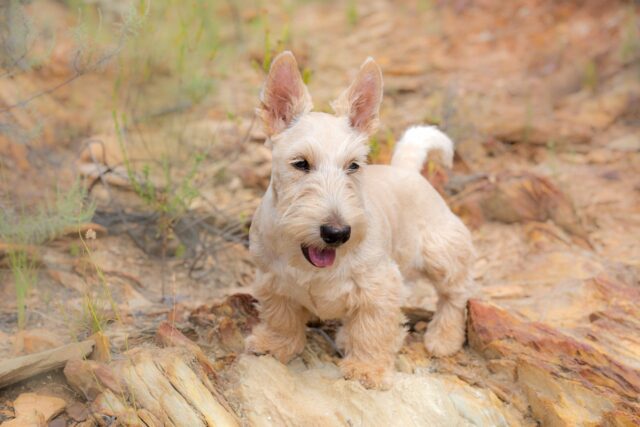
4. Whippet
The Whippet, a sleek and fast sighthound, has some quirky eating habits that can perplex owners. Despite their lean build and high energy levels, Whippets can be surprisingly picky eaters. They often prefer to eat small, frequent meals rather than large portions, which can make it difficult for owners to ensure they’re getting enough nutrition. Whippets also have a tendency to develop food preferences, sometimes refusing to eat certain foods for no apparent reason. This breed’s sensitive stomach can also contribute to their unusual eating habits, as they may avoid foods that have previously upset their digestive system. Whippet owners often have to experiment with different types of food and feeding schedules to find what works best for their dogs, making mealtimes an ongoing challenge.
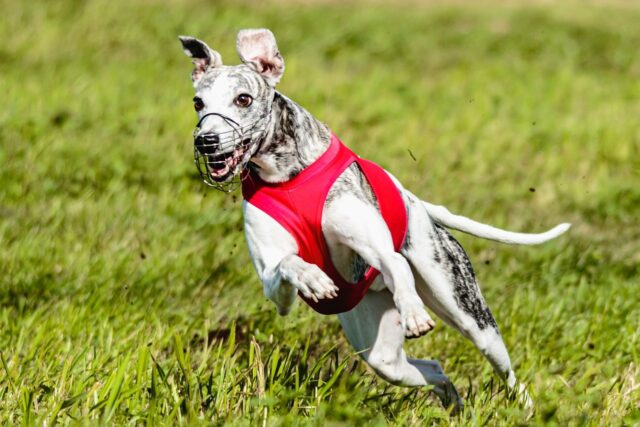
3. Bullmastiff
The Bullmastiff, a large and powerful breed known for its protective nature, also has some unusual eating habits. Despite their size, Bullmastiffs can be surprisingly delicate eaters, often taking their time to chew their food thoroughly. This breed is also known for its tendency to “graze,” eating small amounts of food throughout the day rather than finishing their meal in one sitting. Additionally, Bullmastiffs can be picky eaters, sometimes refusing food if they are not in the mood or if the food is not to their liking. This behavior can be frustrating for owners, especially when trying to ensure their large dog is getting enough nutrition. Bullmastiffs also have a habit of drooling excessively, especially when food is around, which can make mealtimes a bit messy. Owners of this breed need to be patient and understanding of their Bullmastiff’s unique eating habits, ensuring they provide a balanced diet that meets their dog’s needs.
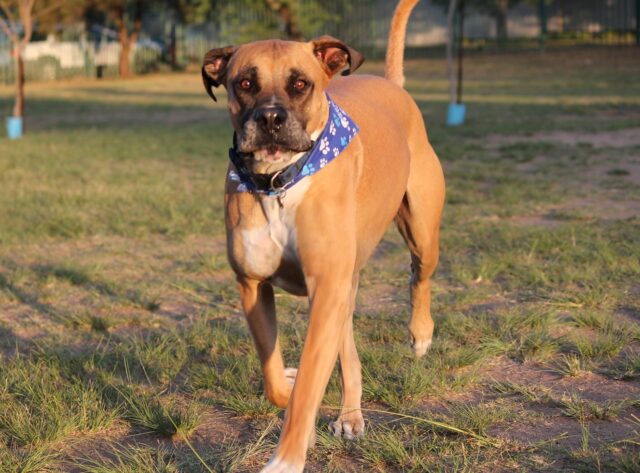
2. Bedlington Terrier
The Bedlington Terrier, with its distinctive lamb-like appearance, is another breed with unusual eating habits. Bedlingtons are known for their finicky appetites, often turning their noses up at food that doesn’t meet their high standards. This breed also has a tendency to “savor” their food, eating slowly and methodically, which can make mealtimes last longer than usual. Bedlingtons are also known for their preference for specific textures and flavors, sometimes refusing food if it doesn’t meet their criteria. Additionally, Bedlington Terriers can be prone to certain health issues, such as copper toxicosis, which requires careful management of their diet. Owners of this breed need to be vigilant in finding the right food that meets their Bedlington’s nutritional needs while also appealing to their picky palate.
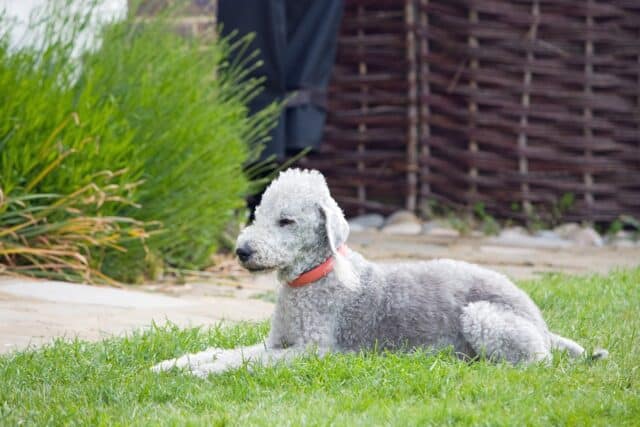
1. Cavalier King Charles Spaniel
The Cavalier King Charles Spaniel, a small, affectionate breed known for its gentle nature, also has some of the most unusual eating habits. Cavaliers are often described as “fussy” eaters, with some dogs refusing food for seemingly no reason at all. This breed can develop strong preferences for certain types of food, sometimes becoming so fixated on a particular brand or flavor that they refuse to eat anything else. Cavaliers are also known for their habit of “begging” for food, often refusing their own meals in favor of what their owners are eating. This behavior can make it challenging to ensure they receive a balanced diet. Additionally, Cavaliers can be prone to overeating if not carefully monitored, leading to obesity and related health issues. Owners of this breed need to be patient and consistent in managing their dog’s diet, ensuring they receive the proper nutrition while also accommodating their finicky eating habits.
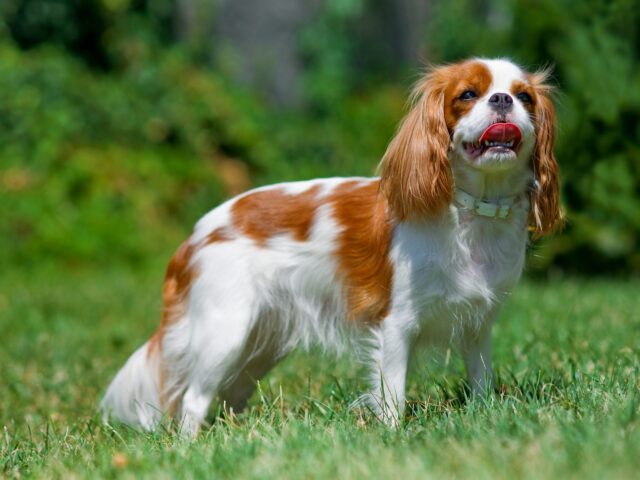
These seven dog breeds are known for their unusual eating habits, which can range from picky eating and food hoarding to selective preferences and grazing. While these behaviors can be frustrating for owners, understanding the reasons behind them can help in managing these quirks and ensuring the dog receives the proper nutrition. Each breed’s unique eating habits are often tied to their history, instincts, or individual personalities, making them a fascinating aspect of their overall behavior. For those who appreciate a dog with a bit of an odd streak, these breeds offer plenty of character and charm, even when it comes to mealtime.

 1 month ago
16
1 month ago
16

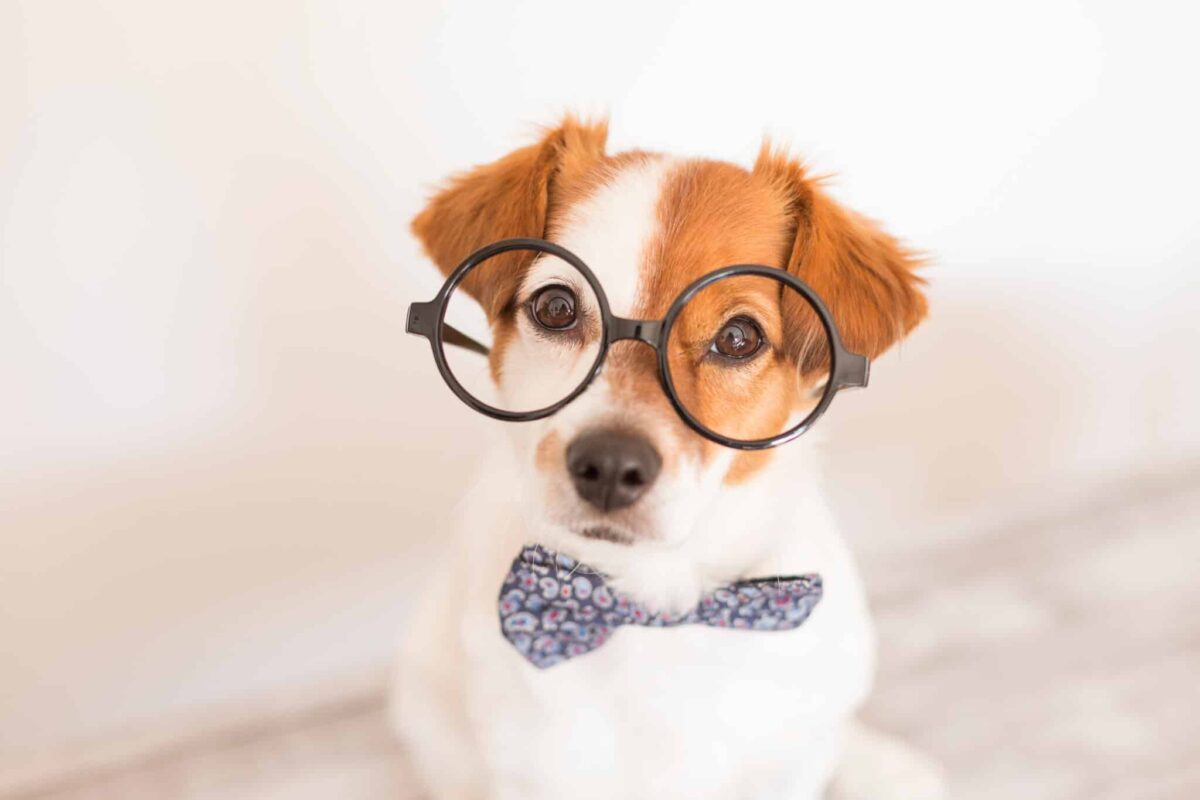



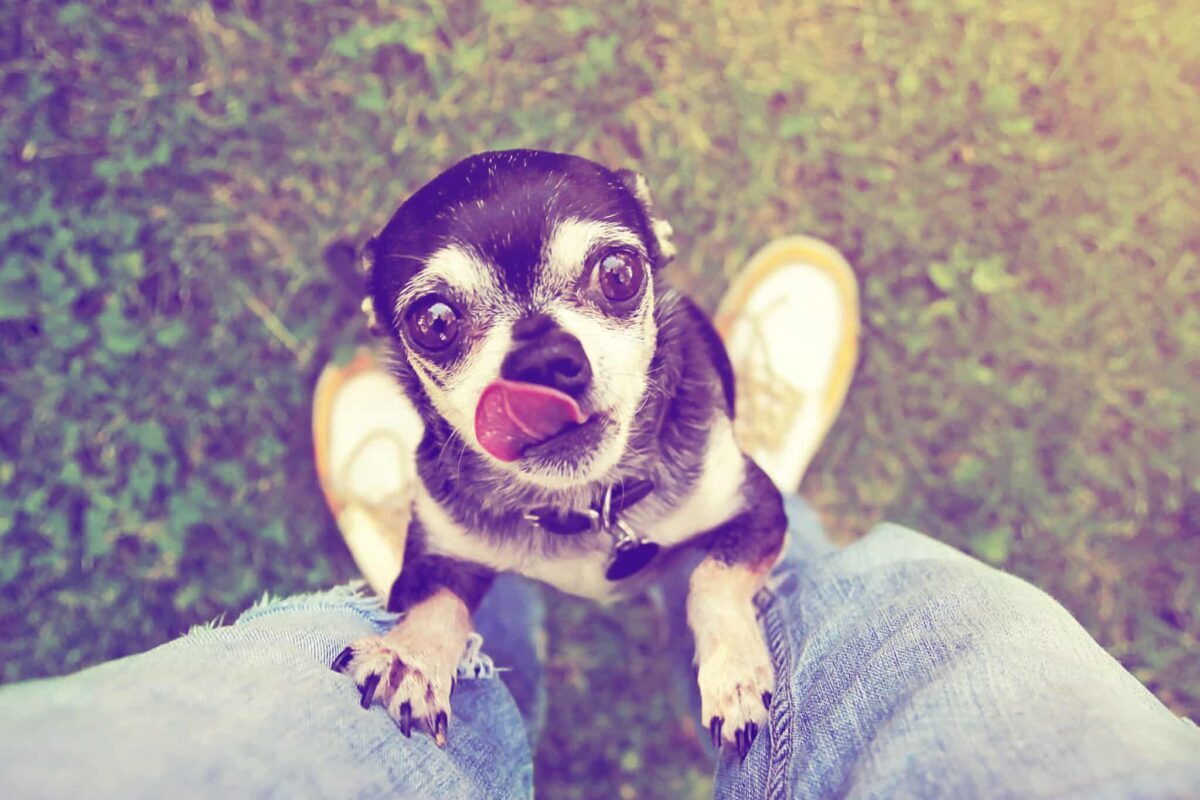
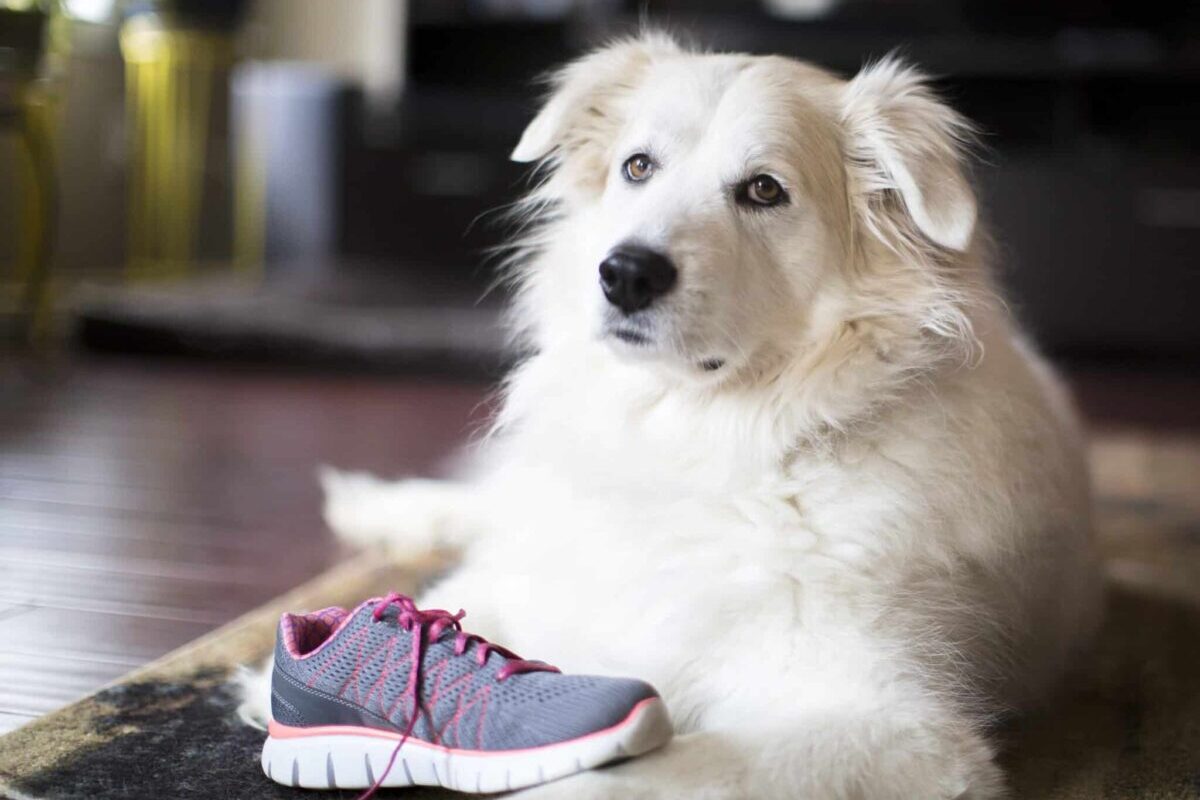
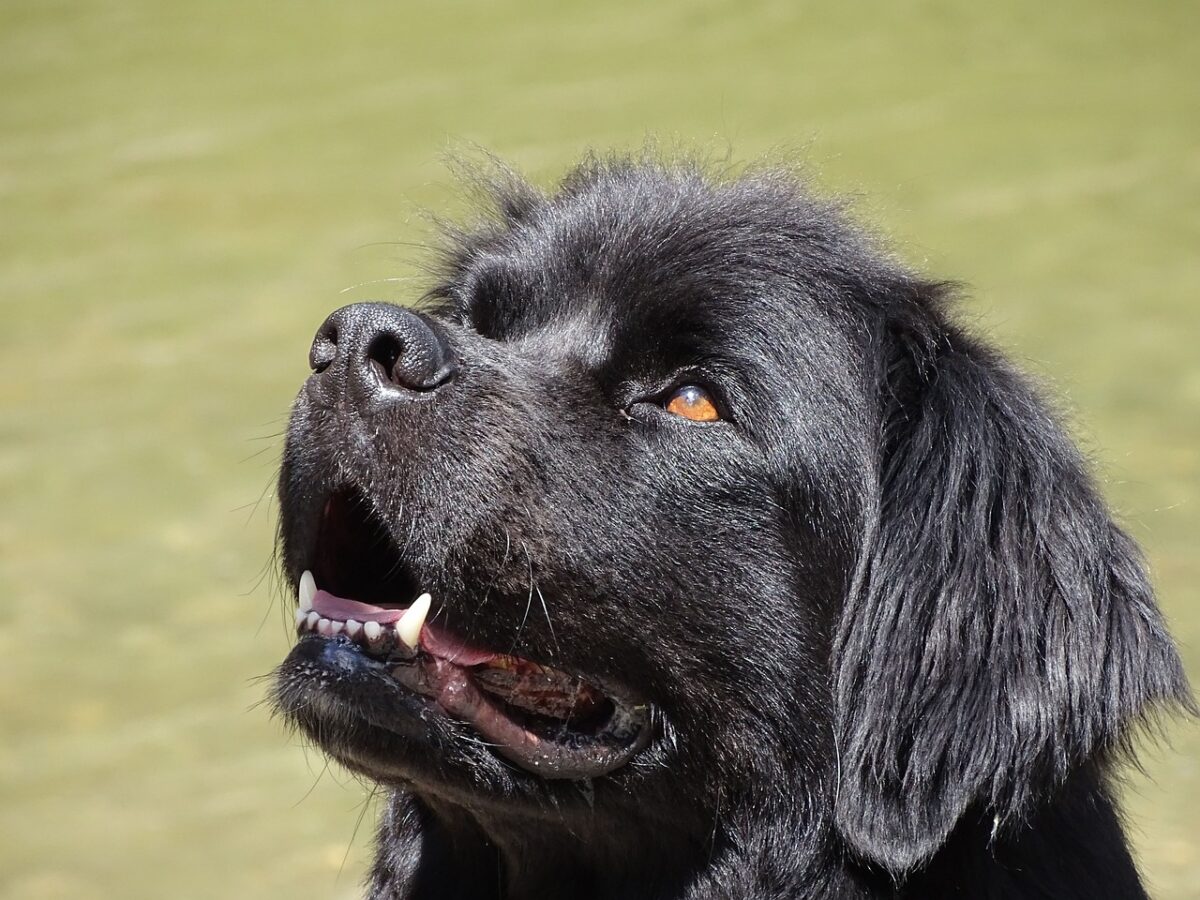
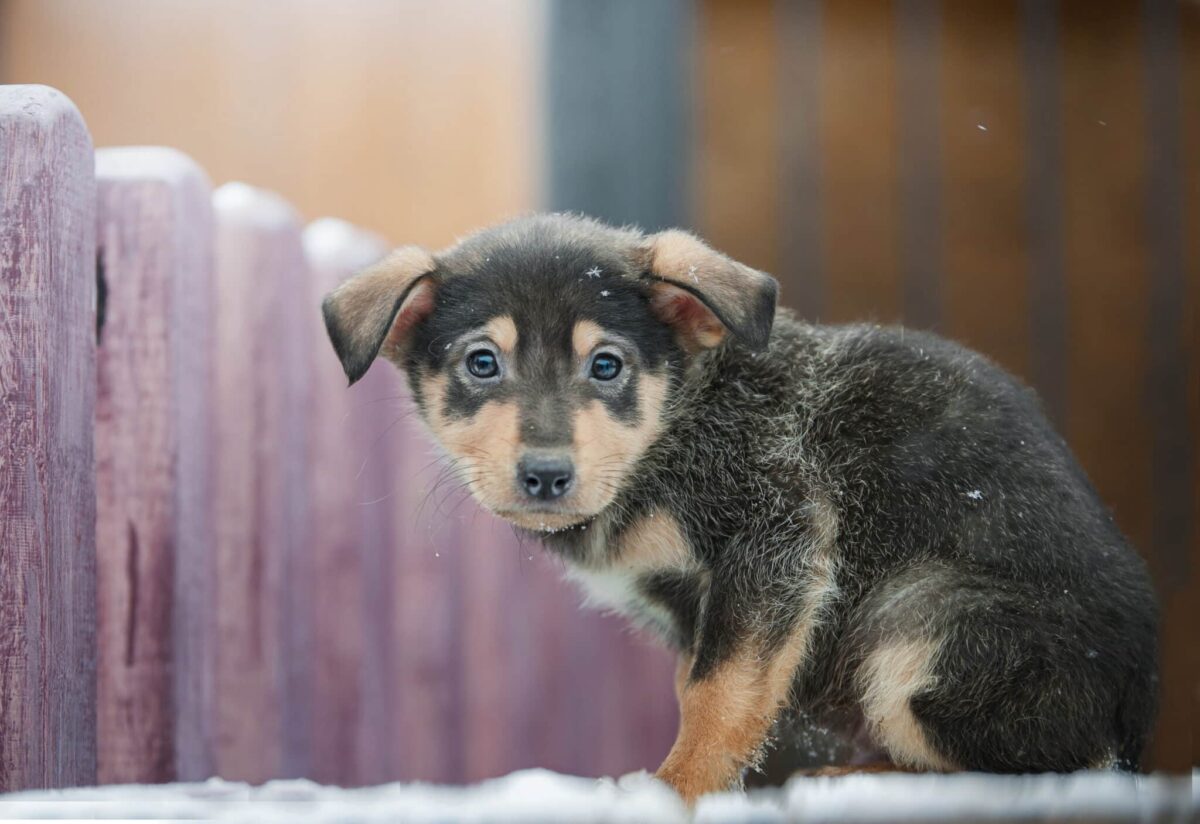



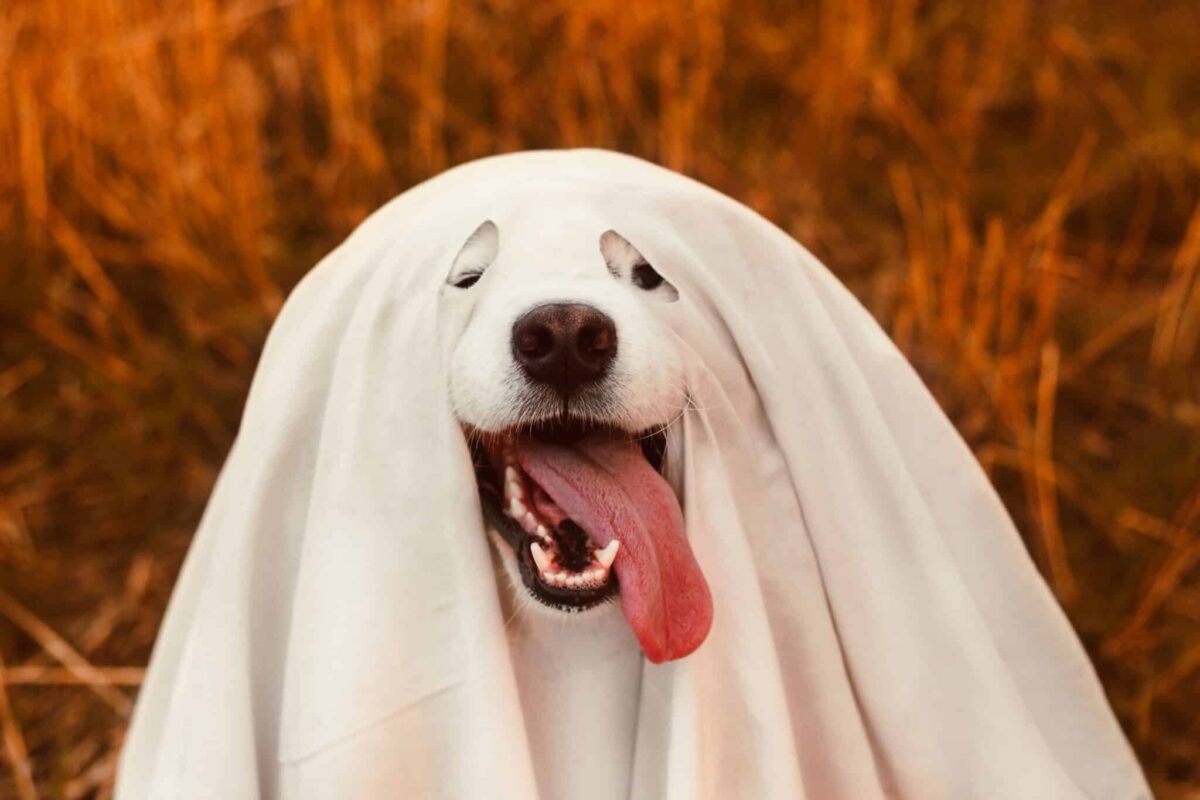



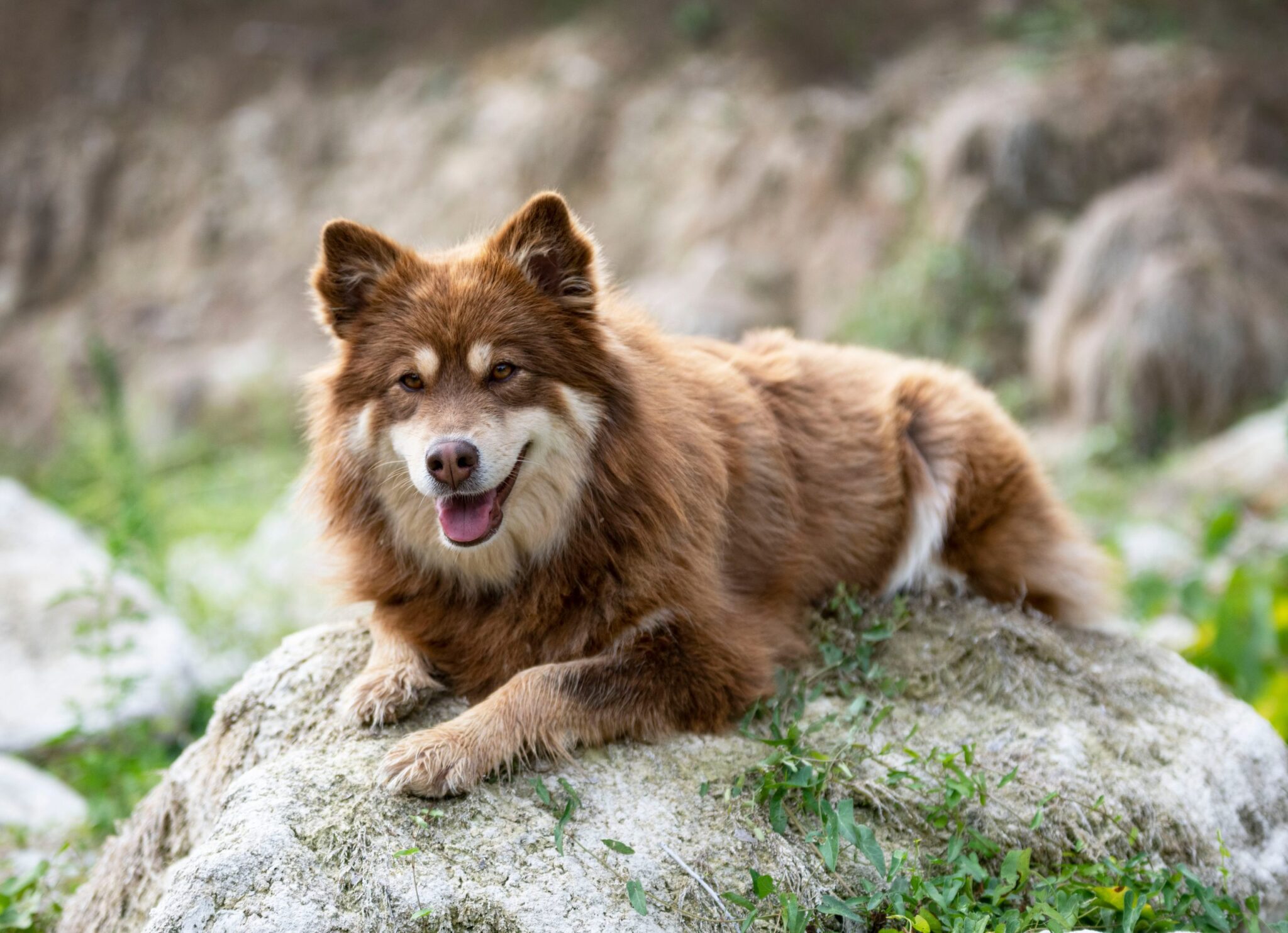

 English (US) ·
English (US) ·